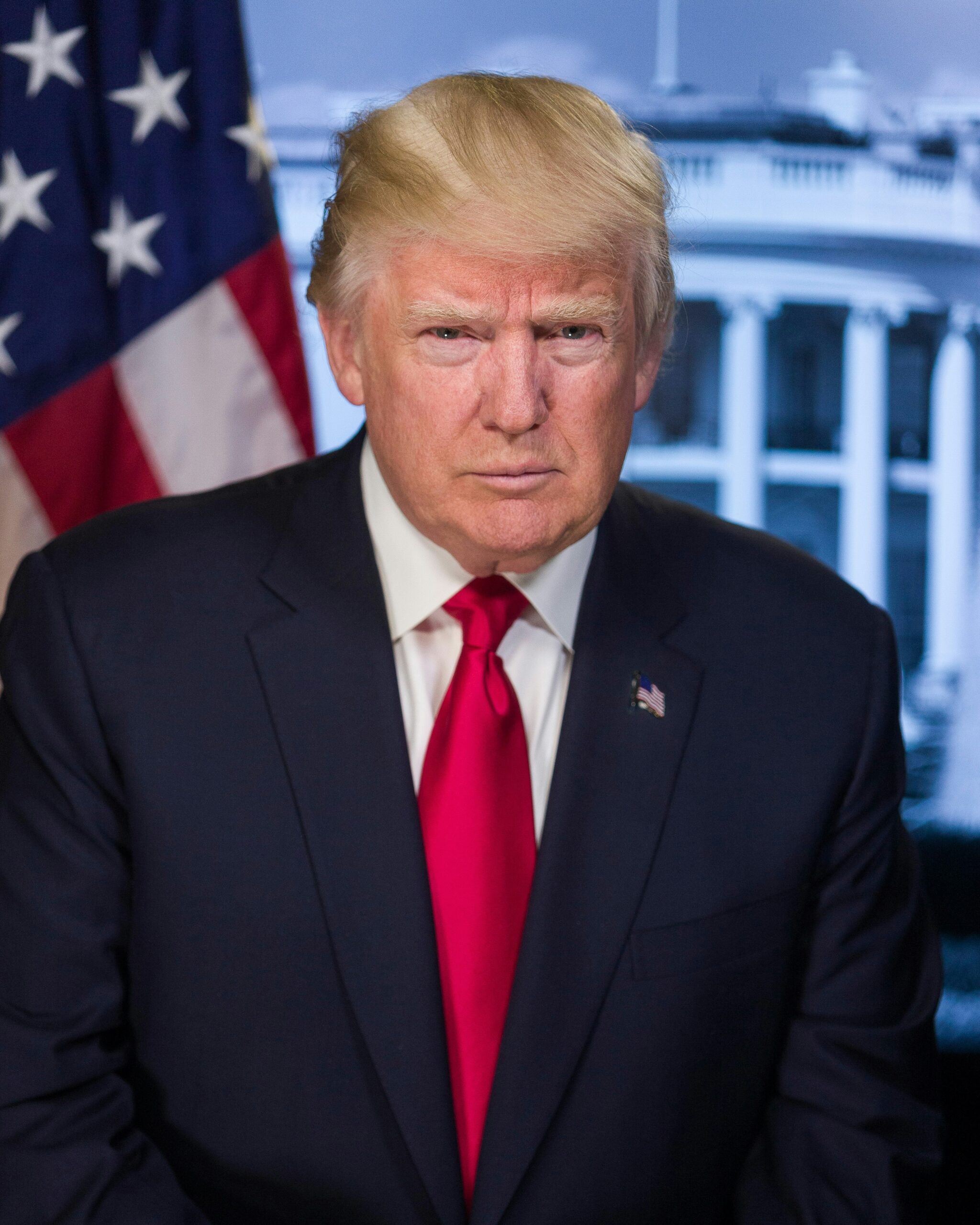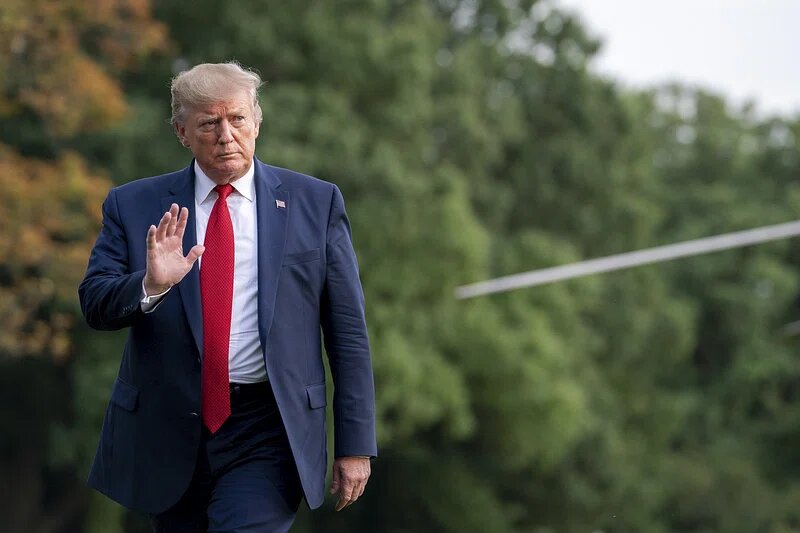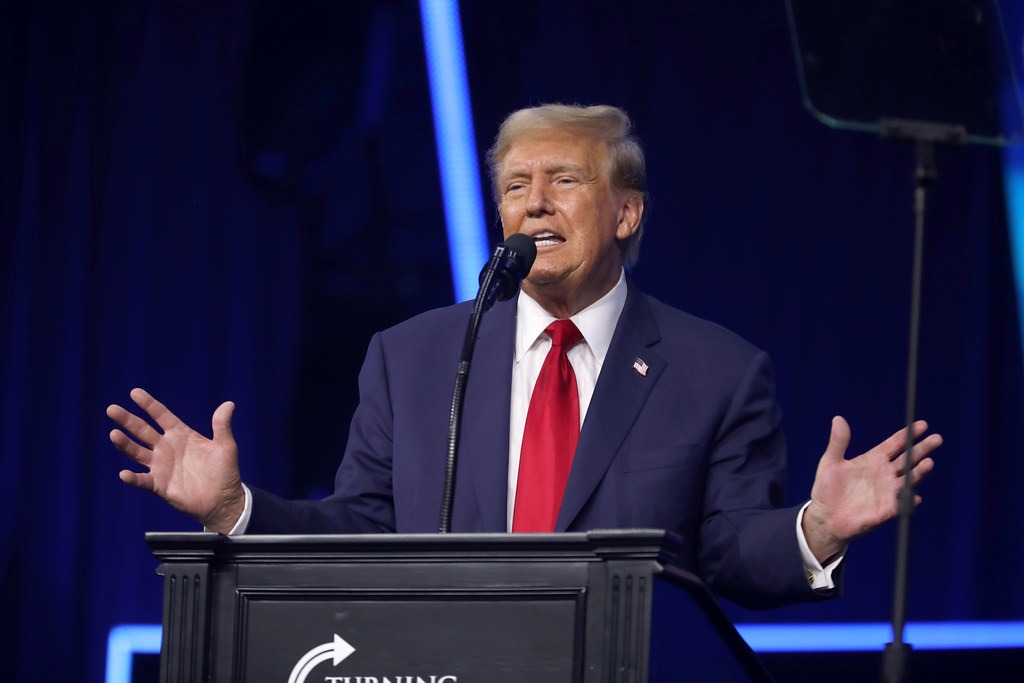World News
Horizon3 secures $40M to expand its pen testing platform on August 8, 2023 at 12:00 pm
Cybersecurity funding is falling after enjoying impressive heights in the last few years. According to Crunchbase, VC financing for security declined to just over $1.6 billion in Q2 2023, marking a 63% drop compared to the same quarter last year — when startups landed nearly $4.3 billion.
But that’s not to suggest deals have dried up entirely.
Enter Horizon3, a startup providing a platform designed to improve the effectiveness of organizations’ cybersecurity solutions. Horizon3 today announced that it raised $40 million in a Series C round led by Craft Ventures with participation from Signal Fire and Okta Ventures. Bringing the company’s total raised to $78.5 million, the round will be put toward R&D, expanding Horizon’s channel presence and growing its team of engineers, CEO Snehal Antani says.
Horizon3 was founded in 2019 by a team of former U.S. Special Ops cyber operators, entrepreneurs and cybersecurity practitioners including Antani. Previously, Antani was the CTO at Splunk and a team leader within the U.S. Military’s Joint Special Operations Command, which studies special operations requirements and techniques.
According to Antani, Horizon3’s founding team sought to build a solution that could solve the common security problems faced by enterprise organizations, namely the ineffective security tools, false positives and lead times in hiring consultants for security assessments and manual testing.
“Our thesis is using the attacker’s perspective to cut through the noise and help organizations find and fix exploitable attack vectors,” Antani told TechCrunch in an email interview. “We deliver this by enabling continuous, autonomous testing and other operations to identify proven attack paths and weaknesses in our users’ networks. We aim to deliver the best-in-class autonomous security risk management platform that provides accurate risk insights and actionable recommendations for technical users, decision-makers and auditors.”
Horizon3’s software attempts to continuously find, fix and verify exploitable attack surfaces by revealing attack paths, showing how possible weaknesses might impact the organization, prioritize and detail fixes teams should make and verify that those fixes are effective.
The platform has hundreds of exploit modules that can find and “safely” exploit specific weaknesses in networks, Antani explained. IT teams can use these modules to proactively fix security issues within their infrastructure, while security teams can tap them to tune third-party security tools, assess software supply chain risks and gain strategic insights.
The platform — a self-service software-as-a-service solution in the truest sense — requires no additional hardware or software to maintain.
“On its own, Horizon3 pivots through a user’s network, chaining weaknesses together just as an attacker would — and then safely exploits them,” he added. “The platform uncovers blind spots in organizations’ security posture that go beyond known exploits and patchable vulnerabilities, such as easily compromised credentials, exposed data, misconfigurations, poor security controls and weak policies. Weaknesses are prioritized based on their impact to the organization so users know immediately what they should fix first — and guidance on how to do it most efficiently.”
Horizon3 competes against Strike Security, Cobalt.io and HackerOne among others in a penetration testing tool market that could be worth as much as $2.7 billion in 2027, according to Markets and Markets.
Antani asserts that Horizon3 has seen great uptake, though, with a customer base that recently eclipsed 300 organizations, including several government agencies. He anticipates that as more regulatory actions take place and new security guidelines and recommendations that support autonomous penetration testing approach, the demand for Horizon3’s solutions will grow.
“Since the cyber threat landscape continues to expand, so will Horizon3’s revenue and customer base grow as well,” Antani said. “Organizations are beginning to reconsider legacy approaches to security assessments and
penetration testing, and instead, are adopting autonomous pentesting at a considerable rate.”
Cybersecurity funding is falling after enjoying impressive heights in the last few years. According to Crunchbase, VC financing for security declined to just over $1.6 billion in Q2 2023, marking a 63% drop compared to the same quarter last year — when startups landed nearly $4.3 billion. But that’s not to suggest deals have dried
News
Terror Attacks in New Orleans and Las Vegas Linked

The start of 2025 has been marred by two horrific terror attacks in the United States, one in New Orleans and another in Las Vegas, both occurring on New Year’s Day. These incidents have left communities reeling and have raised concerns about potential connections between the suspects involved.
In New Orleans, a truck driven by 42-year-old Shamsud-Din Jabbar plowed into a crowd celebrating on Bourbon Street, resulting in at least 15 deaths and over 30 injuries. Eyewitnesses reported that Jabbar, a U.S. Army veteran from Texas, deliberately targeted pedestrians while flying an ISIS flag from his vehicle. Following the attack, he exited the truck armed with an assault rifle and opened fire on police officers before being killed in the ensuing confrontation. Authorities discovered improvised explosive devices (IEDs) within his vehicle and in the vicinity of the attack site, further confirming the premeditated nature of this act of terrorism.
Simultaneously, a separate incident unfolded in Las Vegas when a Tesla Cybertruck exploded outside the Trump International Hotel. The driver, identified as Matthew Livelsberger, also had a military background and was reported to have detonated the vehicle packed with firework mortars and fuel, resulting in his death and injuring seven others. Investigators are exploring whether Livelsberger and Jabbar had any prior connection, as both men served at the same military base at different times.
While the FBI has confirmed that they are investigating both attacks as acts of terrorism, they have not established a definitive link between the two incidents. However, similarities in their execution—both suspects rented vehicles from the same company—have prompted further scrutiny into their backgrounds and any potential accomplices.
As investigations continue, authorities are urging anyone with information about either suspect to come forward. The tragic events have sparked discussions about security measures in public spaces, particularly as cities prepare for large gatherings in the coming months.
Bolanle Media is excited to announce our partnership with The Newbie Film Academy to offer comprehensive courses designed specifically for aspiring screenwriters, filmmakers and actors. Our services now include acting classes. Additionally, we are introducing film reviews by experienced critics and professional press article writing covering industry news and trends. Whether you’re looking to craft compelling stories, enhance your acting skills, or gain insights into the film industry, our resources will equip you to thrive in this competitive field. Join us today to unlock your creative potential and bring your artistic vision to life!
Politics
Donald Trump Named TIME’s 2024 Person of the Year

Donald Trump has been selected as TIME magazine’s Person of the Year for 2024, marking his second time receiving this distinction. The former president, who won a historic comeback victory in the 2024 election, was chosen for his significant impact on global affairs and American politics.
TIME editor-in-chief Sam Jacobs explained the decision, citing Trump’s “comeback of historic proportions,” his role in driving “a once-in-a-generation political realignment,” and his reshaping of both the American presidency and the country’s global role. This recognition comes after Trump’s unprecedented achievement of reclaiming the White House after losing reelection four years earlier.
The selection process involved an extensive interview with Trump at Mar-a-Lago in November, covering a wide range of topics including the economy, foreign policy, and his plans for a second term. Notably, TIME took the unprecedented step of publishing a comprehensive fact-check alongside the interview transcript, examining 15 distinct assertions made by Trump.
Trump’s relationship with TIME has been tumultuous over the years. While he expressed honor at receiving the title in 2016, he has also criticized the magazine’s selections and even claimed he refused a potential Person of the Year offer in 2017. Despite this, Trump participated in the process this year, granting TIME access for an in-depth interview.
To commemorate the announcement, Trump rang the opening bell at the New York Stock Exchange (NYSE). This event marked a significant moment in Trump’s career, as it was his first time participating in this Wall Street tradition.
Trump’s selection as Person of the Year reflects his continued influence on American politics and his ability to reshape the political landscape. As the country prepares for his return to the White House, all eyes will be on how Trump’s second term might further impact both domestic and international affairs.
Bolanle Media is excited to announce our partnership with The Newbie Film Academy to offer comprehensive courses designed specifically for aspiring screenwriters. Whether you’re just starting out or looking to enhance your skills, our resources will provide you with the tools and knowledge needed to succeed in the competitive world of screenwriting. Join us today to unlock your creative potential and take your first steps toward crafting compelling stories that resonate with audiences. Let’s turn your ideas into impactful scripts together!
Film Industry
Jay-Z Denies Allegations Amid Lawsuit

Jay-Z, the renowned rapper and music mogul, faces serious allegations in a recently amended civil lawsuit. According to ABC News and NBC News, the suit accuses him and Sean “Diddy” Combs of raping a 13-year-old girl at an MTV Video Music Awards after-party in 2000.
The lawsuit, initially filed in October 2024, was updated on Sunday to include Jay-Z as a defendant alongside Combs. The plaintiff, identified only as “Jane Doe,” claims she was assaulted after being driven to the party following the awards show.
Jay-Z, whose real name is Shawn Carter, vehemently denies the allegations. He released a statement on X calling the lawsuit a “blackmail attempt” and questioning why it was filed as a civil case rather than a criminal one. The rapper expressed concern about the impact on his family, stating he and his wife Beyoncé would need to discuss the situation with their children.
Combs, who is currently in federal custody on separate charges, has also denied the accusations through his attorneys. The lawsuit alleges that an unidentified female celebrity was present during the incident but did not intervene.
The case has garnered significant media attention, with both artists’ reputations at stake. As the legal process unfolds, the music industry and public await further developments in this high-profile case.
Bolanle Media is excited to announce our partnership with The Newbie Film Academy to offer comprehensive courses designed specifically for aspiring screenwriters. Whether you’re just starting out or looking to enhance your skills, our resources will provide you with the tools and knowledge needed to succeed in the competitive world of screenwriting. Join us today to unlock your creative potential and take your first steps toward crafting compelling stories that resonate with audiences. Let’s turn your ideas into impactful scripts together!

 Entertainment4 weeks ago
Entertainment4 weeks agoWhy Women Are Choosing Not to Have Children?

 Entertainment4 weeks ago
Entertainment4 weeks agoDid Ryan Reynolds Mock Justin Baldoni in Deadpool & Wolverine?

 News4 weeks ago
News4 weeks agoTop 5 Immediate Lifeline Resources for Fire Victims

 Entertainment4 weeks ago
Entertainment4 weeks agoJay-Z Sued Over Alleged Bribery Scheme

 News4 weeks ago
News4 weeks agoBogalusa Mayor Arrested for Prostitution and Drugs

 Entertainment1 week ago
Entertainment1 week agoSelena Gomez’s Emotional Message to Fans on Immigration

 News2 weeks ago
News2 weeks agoTrump’s Executive Order Blitz: 200 Actions in 24 Hours

 Entertainment1 week ago
Entertainment1 week agoInside the Bizarre Obama-Aniston Gossip Saga




























